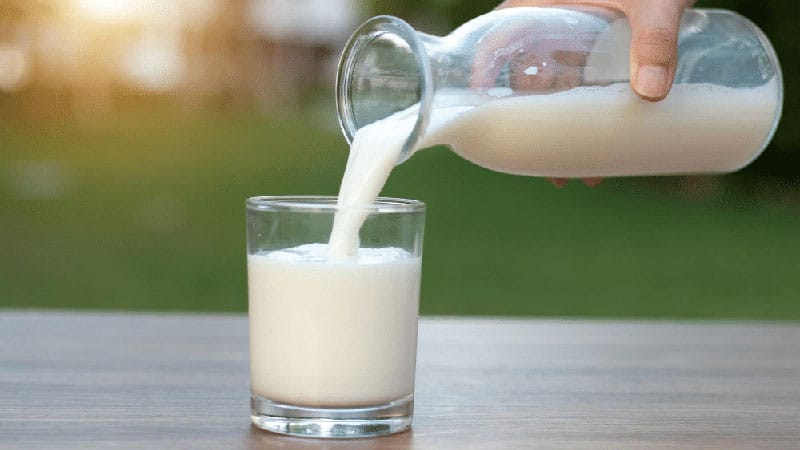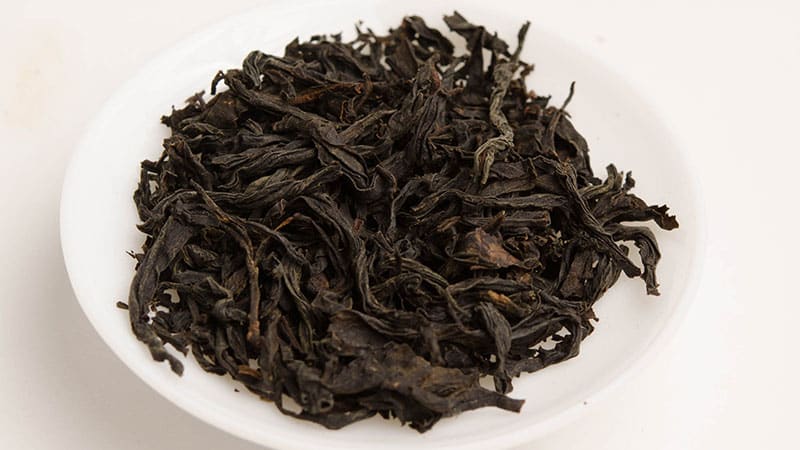Embarking on the journey of orchid care often involves navigating the world of fertilizers. While commercial options abound, the allure of creating your homemade orchid fertilizer lies in the ability to tailor nutrients to the specific needs of these exquisite plants. This comprehensive guide delves into the art of formulating homemade orchid food, exploring the essential nutrients, understanding orchid growth stages, and crafting blends that promote robust blooms and resilient foliage. Whether you’re a seasoned orchid enthusiast or a green thumb eager to nurture these captivating flowers, join us on a journey of discovery as we unlock the secrets to creating personalized, effective, and promoting orchid fertilizers right in your home. Let’s dive into the fascinating realm of orchid care and cultivate thriving, healthy orchids from the ground up.
Homemade Orchid Fertilizer
Supplying the additional nutrients crucial for orchid well-being can be both straightforward and cost-effective, utilizing readily available household items. In the forthcoming sections, we’ll explore several DIY orchid fertilizer recipes, offering practical and budget-friendly solutions to enhance the vitality of your orchids.
Eggshells
Collecting and repurposing eggshells as a cost-effective and highly effective orchid fertilizer is economical for supplying calcium to your orchids. Ensure the eggshells are crushed into minute pieces or pulverized into a fine powder using a pestle and mortar. Once prepared, delicately sprinkle the crushed shells onto the orchid’s bark within the pot.

For a more involved approach, consider boiling ten eggshells in half a gallon of water and allowing them to steep for eight hours. After the steeping process, meticulously strain out the eggshells, store the resulting liquid in a covered container, and administer the solution to your orchids every week. While this method demands more effort, it offers an alternative way to harness the nutritional benefits of eggshells for the optimal growth of your orchids.
Banana Peels
Harnessing the nutritional content of banana peels makes for an excellent organic orchid fertilizer homemade due to their rich potassium, phosphorus, and calcium content. To create a nutrient-rich banana peel tea, immerse fresh banana skins in water and let them steep for 48 hours. Afterward, dilute the concentrated liquid with a ratio of 4 parts water to 1.

Alternatively, for a more intricate method, slice the banana peel into thin strips and expose them to sunlight for two days to dry. Once dried, grind the banana peel strips into a fine powder. This powdered form can then be delicately sprinkled onto the orchid’s growing medium, providing a slow-release source of essential nutrients for optimal growth. This detailed process allows you to fully exploit the benefits of banana peels as a natural and nourishing fertilizer for your orchids.
Milk
Milk, with its calcium and vitamin B content, offers additional benefits when used as a foliar feed, particularly for orchids. Optimal results are achieved with low-fat variants such as 1 or 2% milk, while full-fat and skim milk should be avoided. Creating a foliar feed involves diluting 1 part milk with four parts water. This diluted mixture is rich in essential nutrients, including calcium, proteins, and sugars, which foster orchid growth and health.

The nutrient composition of milk serves several purposes in orchid care. Calcium aids root development strengthens plant cell walls and contributes to plant vigor. To utilize milk as a fertilizer, the recommended practice is to dilute it with water at 1 part milk to 4 parts water. This diluted solution can be applied to the orchid’s growing medium or sprayed directly onto its foliage.
Despite its benefits, caution is advised to prevent overapplication, as an excess of milk can create conditions conducive to the growth of harmful bacteria or fungi. Therefore, a measured and regular application of milk as a fertilizer for orchids is recommended. This approach ensures a natural nutrient boost, contributing positively to the well-being of the orchids without the risk of adverse effects.
Rice Water
Rice water emerges as a highly effective organic fertilizer for orchids, boasting trace amounts of nitrogen, phosphorus, and potassium. Additionally, its starch content is a nourishing source for beneficial mycorrhizae that thrive on the orchid roots. Notably advantageous during the flowering stage, rice water contributes to orchids’ overall health and vitality.

To prepare rice water, immerse rice in water for a minimum of 30 minutes, allowing the nutrients to leach into the liquid. Afterward, strain the infused water into a bottle or jar, initiating a fermentation process that spans one week. It is crucial to keep the concoction away from direct sunlight and to allow for proper aeration by loosely securing the cap or covering it with a breathable cloth.
After the week-long fermentation period, dilute the solution in a 1:1 ratio with water and employ it as a foliar fertilizer by spraying it on the orchids’ roots and leaves. This method provides essential nutrients and exhibits insecticidal properties, enhancing your orchids’ overall well-being and resilience.
Unsulphured Blackstrap Molasses
Unsulphured blackstrap molasses is a potent organic component containing sugars that serve as a nourishing source for beneficial microbes. Furthermore, it contains trace amounts of essential minerals such as calcium, magnesium, manganese, potassium, and iron. Typically integrated with other organic fertilizers, it plays a particularly pivotal role in compost tea formulation.

A widely embraced combination involves pairing unsulphured blackstrap molasses with Epsom salts. To create this nutrient-rich mixture, blend two gallons of water with one teaspoon of Epsom salts and two tablespoons of molasses. Stir the concoction thoroughly until the salts are fully dissolved. This concoction can be applied as a soil soak or sprayed as a foliar feed, effectively reaching the leaves and roots of the orchids. This detailed process ensures that your orchids receive a comprehensive array of essential nutrients, fostering their growth and overall health.
Black Tea
Black tea, rich in tannins reminiscent of those found in the natural habitats of orchids (tree bark, leaves, and moss), offers a rejuvenating solution for dehydrated orchids. This soaking method serves to rehydrate and revitalize the orchid roots effectively. The process involves immersing a black tea bag in filtered water for 5 to 10 minutes and then submerging the orchid roots in this infused tea solution. Implementing this daily routine for dehydrated orchids yields remarkable results.

My preference leans towards Barry’s Tea from Ireland, hailed as an all-time favorite due to its unparalleled flavor and taste. The robustness of Barry’s Tea is such that even the leftover tea bag can be repurposed to create an orchid tea solution. In the realm of black teas, none can match the distinctive qualities of Barry’s. While there was one exceptional Oolong Tea from a hill tribe on the border of Thailand and Myanmar that surpassed Barry’s Gold blend, delving into that tale is reserved for another occasion.
Potatoes
Utilize potatoes for their potassium content and trace amounts of phosphorous by following this detailed process: Begin by finely chopping or grating the potatoes, ensuring that the skin is included. Subsequently, boil these potato pieces for a few minutes. Consider incorporating finely chopped fresh bananas and sugar into the boiling mixture to augment the nutrient profile and enhance binding. This introduces additional nutrients and facilitates a cohesive blend of ingredients.

Once the boiling process is complete, any excess fertilizer can be efficiently stored in jars for future application. This comprehensive approach ensures the extraction of potassium and trace phosphorous from potatoes while maximizing the nutritional benefits of adding bananas and sugar, providing a well-rounded fertilizer for your plants.
Epsom Salts
Epsom salts, renowned for their magnesium content, provide an excellent means to support orchid growth. Dissolve a specific amount of Epsom salts in water to create a nutrient-rich solution. A commonly recommended ratio is one teaspoon of Epsom salts to two gallons of water, ensuring thorough mixing until the salts are completely dissolved.

Carefully water the orchids with the Epsom salt solution for a meticulous application, directing it toward the roots. Alternatively, consider incorporating Epsom salts into your regular watering routine for sustained magnesium supplementation.
This method offers a precise and targeted approach to provide orchids with the essential magnesium they require for robust growth and development. Moreover, it allows for a more controlled application compared to traditional fertilizers, ensuring optimal nutrient absorption by the orchids.
How does homemade orchid fertilizer compare to commercial orchid fertilizer?
While crafting homemade orchid fertilizer might seem convenient, it’s a rarity for a single household item to encompass the ideal balance of nitrogen (N), phosphorus (P), and potassium (K) levels. Additionally, gauging the precise nutrient content in homemade fertilizer can be challenging. On the other hand, commercial fertilizers offer the distinct advantage of delivering consistent N-P-K levels with each application. This reliability ensures that your orchids receive a well-calibrated nutrient supply every time.

Furthermore, commercial orchid fertilizers come with labeled specifications, allowing you to align the N-P-K levels with the specific requirements of your orchid species. This detailed information on the label empowers you to tailor the fertilizer regimen to the unique needs of your orchids, providing a level of precision that is often hard to achieve with homemade alternatives.
Final Thoughts
As you embark on the rewarding journey of crafting homemade orchid food, remember that your efforts are a testament to the personalized care and attention you provide to these enchanting blooms. Orchids, with their unique nutritional needs, thrive on the individualized nourishment you can offer through your homemade concoctions. The joy of witnessing healthy foliage and vibrant blossoms is not only a reflection of your gardening skills but a celebration of the symbiotic relationship between caretaker and orchid. So, take pride in your nurturing endeavors, experiment with formulations, and revel in the beauty of flourishing orchids that bear the mark of your dedication and passion. Happy gardening!

